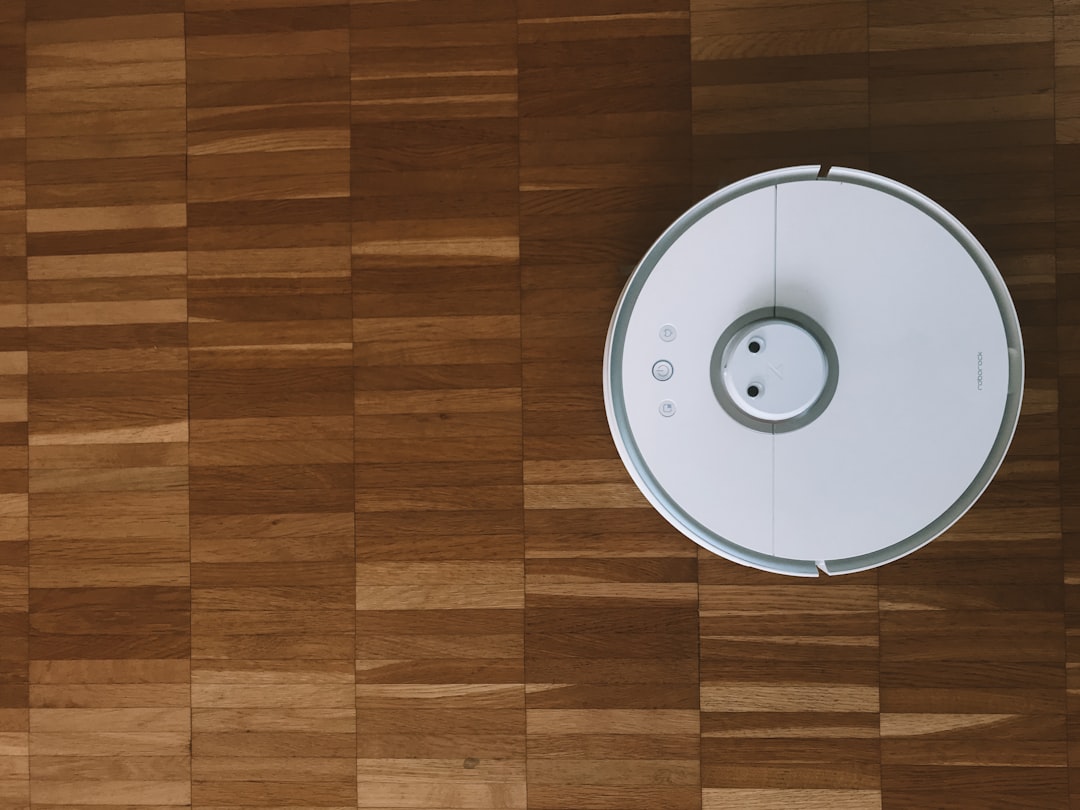Introduction
iRobot Corp (NASDAQ: IRBT) is an American technology company founded in 1990 by former members of MIT’s Artificial Intelligence Lab. Headquartered in Bedford, Massachusetts, the company designs and builds consumer robots, including the Roomba® vacuum and Braava® floor-mopping lines, along with other autonomous cleaning devices.
Corporate Structure
iRobot operates with approximately 500–1,000 employees, according to LinkedIn data. Gary Cohen was appointed chief executive officer in May 2024, succeeding Colin Angle, who left following the termination of a proposed acquisition by Amazon.com in January 2024. The company’s governance is currently under review by its board of directors, which is evaluating strategic alternatives to enhance long-term shareholder value.

Roomba by Jan Antonin Kolar
Recent Developments
- January 2024: Amazon and iRobot ended a planned $1.7 billion acquisition due to antitrust scrutiny. Amazon paid a $94 million reverse breakup fee, and iRobot subsequently reduced its workforce by 31 percent.
- March–April 2025: iRobot initiated a significant new product rollout, unveiling a new suite of Roomba vacuums and 2-in-1 vacuum-mop models in North America, Europe, and Japan. Notable launches included the Roomba Max 705 Vac Robot + AutoEmpty™ Dock on April 23, and the company reported extensive media coverage across over 100 outlets in Japan on April 16.
- May 6, 2025: The company reported its first quarter 2025 results, indicating progress under its “iRobot Elevate” turnaround strategy.
- June–July 2025: A multi-platform marketing campaign initiated on June 16, followed by the introduction of the Roomba Max 705 Combo with heated mopping on July 22.
Financial and Strategic Analysis
In Q1 2025 (ended March 29, 2025), iRobot achieved cost reductions through a redesigned R&D and supply-chain model while increasing promotional spending to clear legacy inventory ahead of new product launches. Key financial metrics include:
| Metric | Value |
|---|---|
| Cash & Equivalents (Mar 29 2025) | $112.3 million |
| Inventory | $69.0 million |
| Revenue Change (YoY) – U.S. | –39.9% |
| Revenue Change (YoY) – EMEA | –26.9% (–24% excluding foreign exchange impact) |
| Revenue Change (YoY) – Japan | –20.8% (–10% excluding foreign exchange impact) |
| Mid-/Premium Robot Sales | 76% of total |
On a trailing-twelve-month basis, iRobot reported revenue of $1.56 billion and net income of $30.39 million, yielding a profit margin of 1.94%. As of October 15, 2025, the share price was $5.7460, with a price-to-sales ratio of 0.18 and an enterprise-value-to-revenue multiple of 0.50. Levered free cash flow was reported at –$56.9 million.
Market Position and Industry Context
iRobot operates in the consumer robotics segment within the broader computers and electronics manufacturing industry. The Roomba line, introduced in 2002, has sold over 30 million units as of 2020. After the termination of the Amazon acquisition, antitrust authorities emphasized the competitive dynamics of the robotic vacuum market. iRobot faces competition from brands such as Ecovacs and Roborock, while leveraging its brand history and recent product innovations to maintain market presence. The company’s stock has a beta of 1.19, indicating sensitivity to market movements.
TL;DR
On October 15, 2025, iRobot shares traded at $5.7460, reflecting a 46.21% increase intraday on 10.3 million shares. In Q1 2025, revenue declined across major regions as the company cleared legacy inventory, but improvements in cost structure under the “iRobot Elevate” strategy suggest potential for future margin expansion. The launch of new Roomba vacuums and mops in April 2025 is anticipated to drive sales in the second half of the year. The board continues to review strategic alternatives while focusing on innovation and enhancing cash flow.